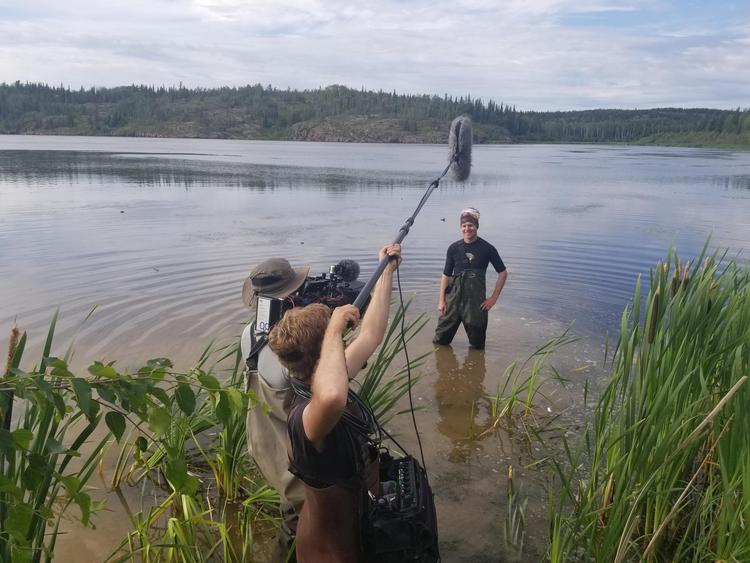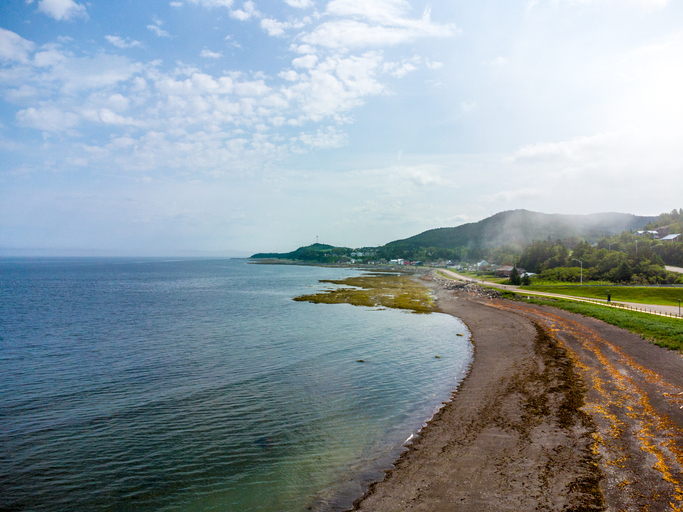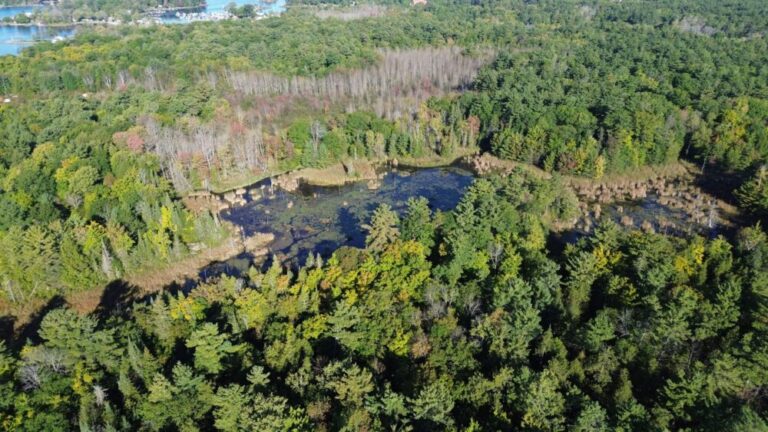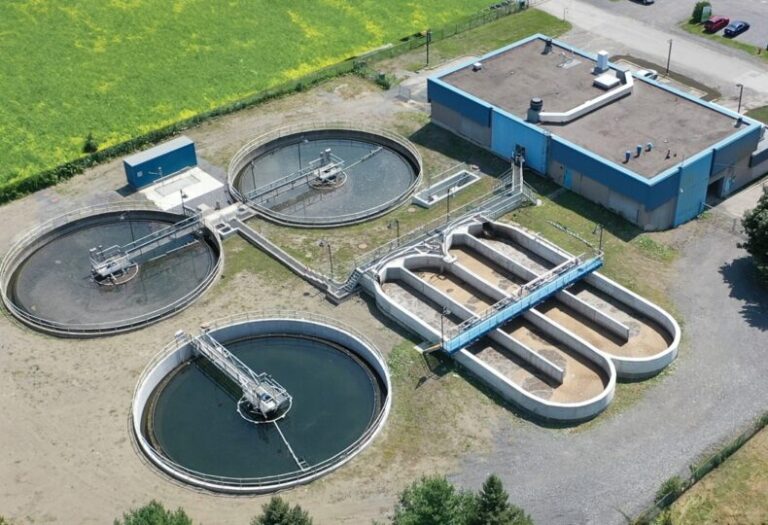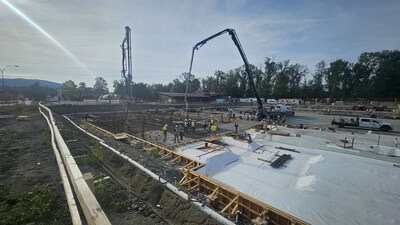Located in northeast Alberta, the Peace-Athabasca Delta (PAD) is one of the most magnificent wetlands in the world. Serving as the junction of four major North American waterfowl migratory routes, millions of ducks and geese descend to feed and nest here each summer.
Collaborative Water Program graduate Mitchell Kay, PhD candidate in Waterloo’s Department of Biology, is determined to preserve these watersheds. Kay is working to understand how major energy projects are altering the hydrological conditions of lakes in the PAD and if oil sands development has altered the deposition of contaminants of concern via the Athabasca River.
“Cumulative effects of climate change and industrial development continue to grow, which raises the need to improve stewardship of our water resources to meet the needs of human and ecosystems,” said Kay. “Since there were no monitoring projects before oil sands development, we don’t know what the natural conditions were like. We need long-term data sets to identify the main factors affecting water quantity and quality, and guide improvements for management strategies to protect these water resources.”
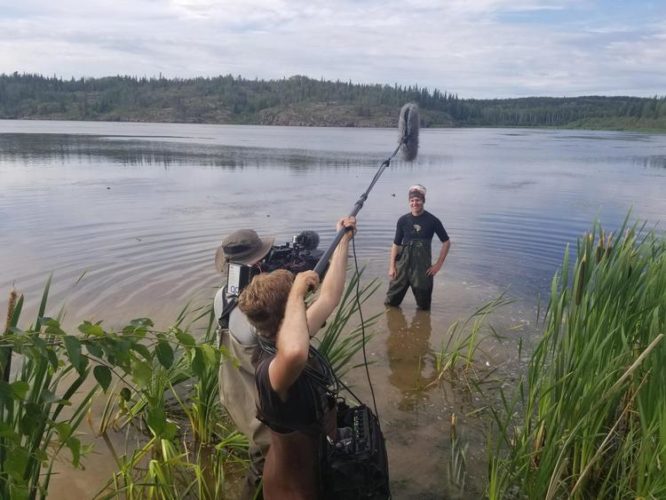
Supervised by Water Institute member Roland Hall and Wilfrid Laurier University professor Brent Wolfe, Kay is using the information preserved in sediment cores to create long-term records of past variations in hydrology and contaminant deposition. This catalogue will allow Kay to construct baseline conditions before industrial development and evaluate the effects of major energy projects on the PAD. Kay’s research will help fill knowledge gaps and improve understanding of the impacts from industrial development.
“The opportunity to do research with Roland and Brent was a key factor in choosing to pursue research in water,” said Kay. “Their research is dedicated to creating long-term environmental records to address pressing water issues and inform decision making. These long-term records are crucial for guiding stakeholder’s decisions regarding management of water resources in the future.”

